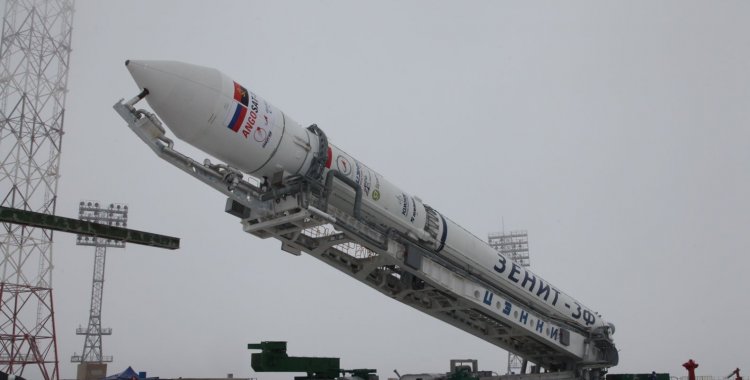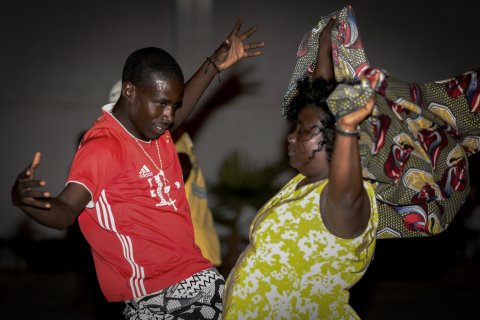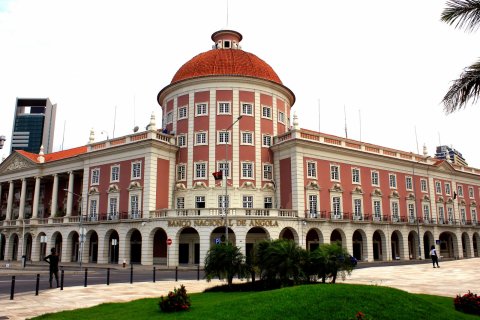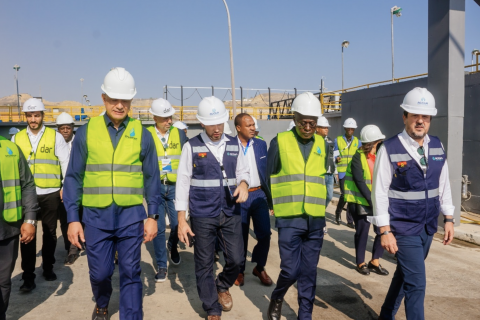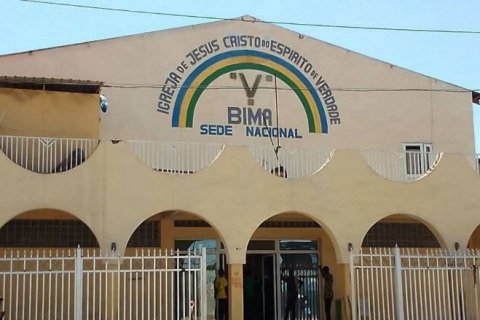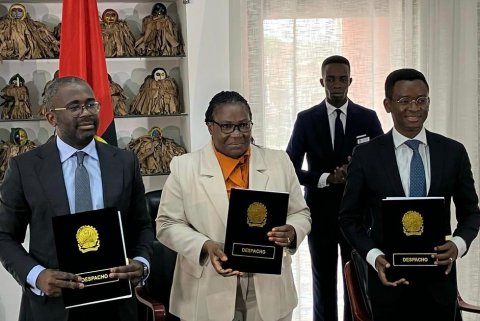This second satellite replaces the first, which was lost in space in 2017.
The information was transmitted this Thursday by the deputy director general of the technical and scientific area of the National Space Programme Management Office (GGPEN), the body that manages the Centre, Vânia Pereira, pointed out "availability for sharing the infrastructure" with the southern African region.
According to her, among the actions taking place at the CCMS, located in Funda commune, municipality of Cacuaco, north of Luanda, are training and capacity building of staff and daily tests supervised by 45 specialized technicians.
"What we have here, now, are simulations, because all training is also done with tests, and this is done daily at the level of the Center with specialists allocated here and continue their training in the space area," he said.
She was speaking to journalists on the sidelines of a visit that representatives of the Southern African Development Community (SADC), who are participating in a satellite expansion capacity building 'workshop', made to the CCMS.
Vânia Pereira said that capacity building in this area is one of the recommendations of the International Telecommunication Union, advancing the possibility of sharing the infrastructure for the "benefit of the region and other countries around the world".
"The direct advantages are that in the future if they [SADC countries] want to use some satellite technology for domestic purposes, then they can be safeguarded at the level of the International Telecommunication Union to use these resources without any interference", she noted.
The Satellite Mission Control Centre, he said, was built from scratch in 2015 to be able to operate and monitor satellites, "which in the future we will have in orbit and all that we will be able to house".
The first satellite, the Angosat-1, a state investment budgeted at 320 million dollars, was lost in space after its launch in December 2017.

